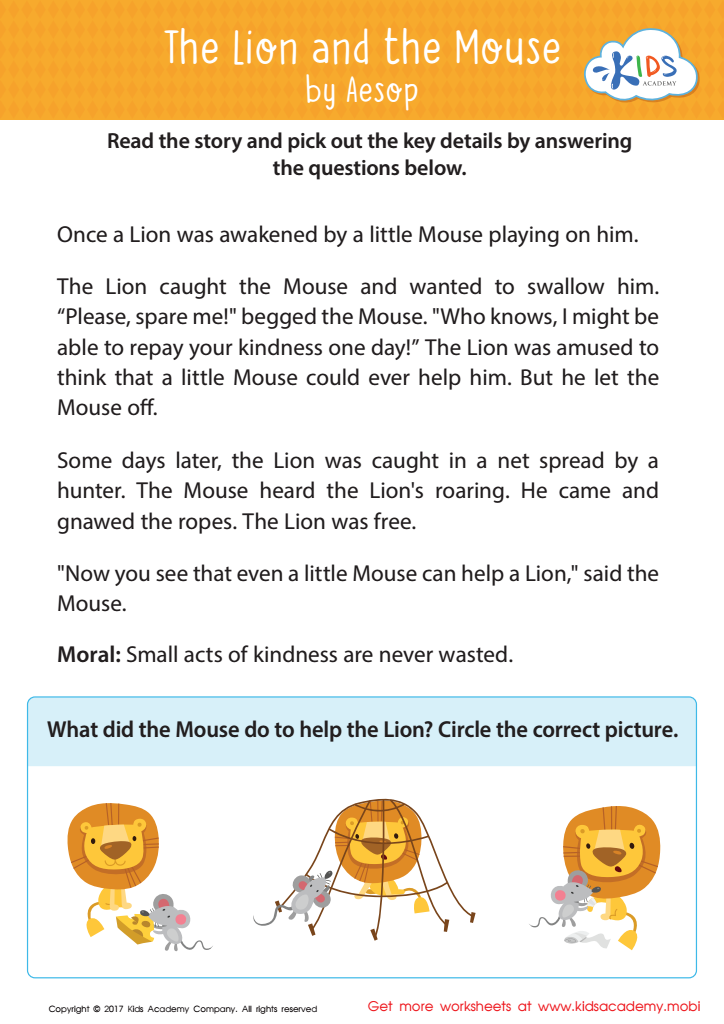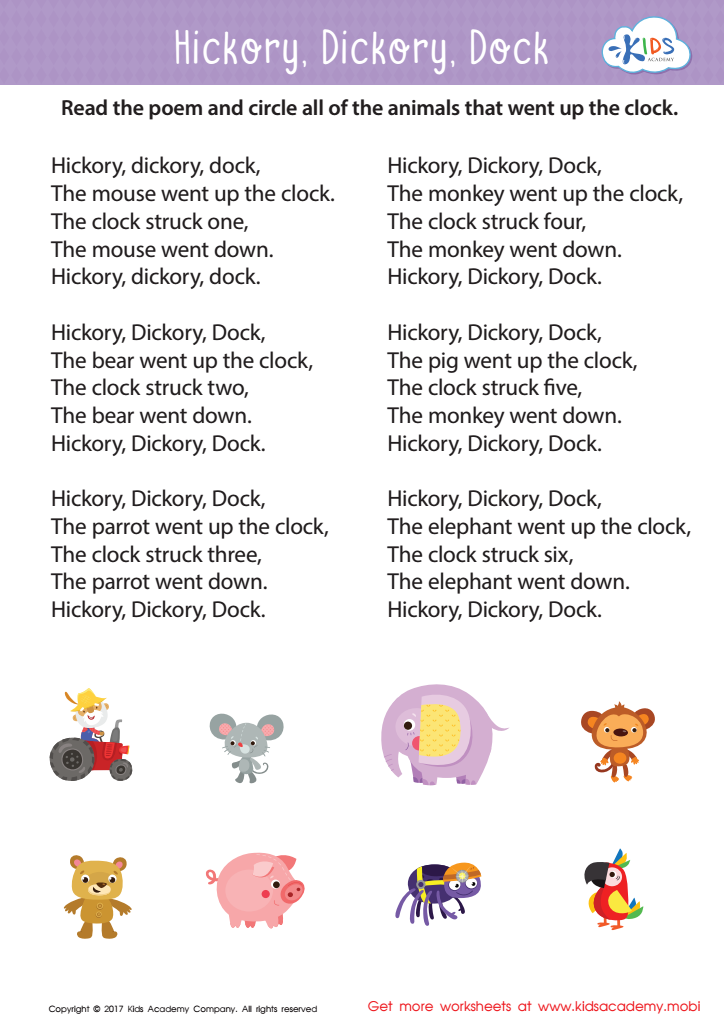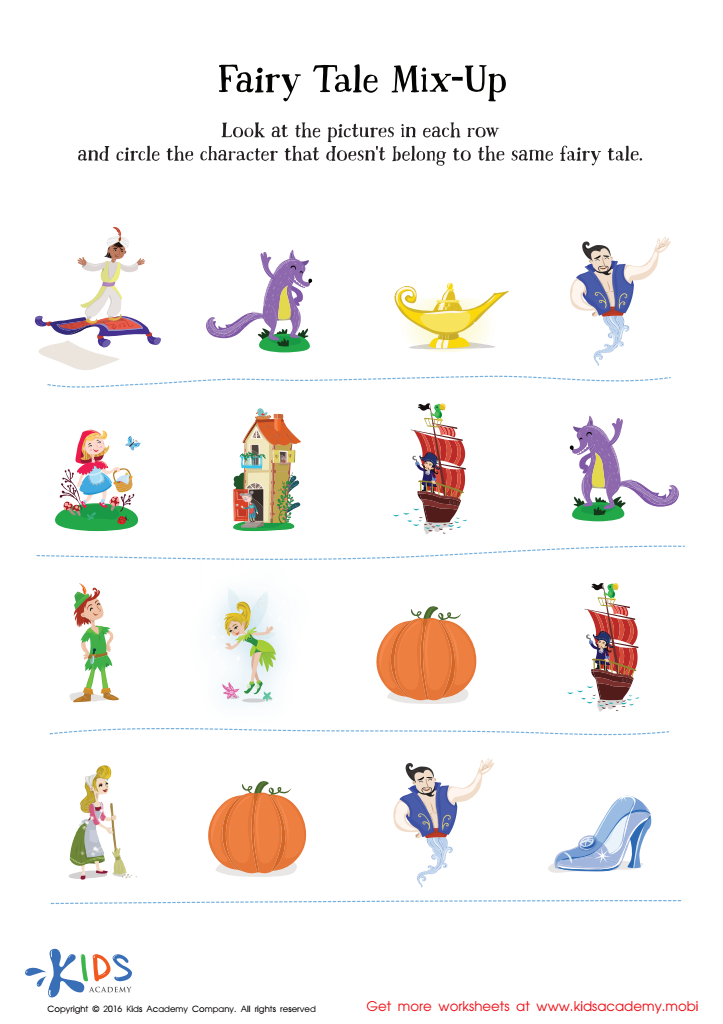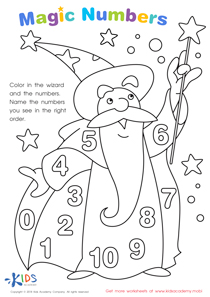Story sequencing Extra Challenge Reading Fiction Worksheets for Ages 3-4
3 filtered results
-
From - To
Enhance your child's literacy skills with our "Story Sequencing Extra Challenge Reading Fiction Worksheets" designed specifically for ages 3-4. These engaging worksheets promote critical thinking and improve comprehension by encouraging little learners to put story events in the correct order. Each activity is packed with colorful illustrations and relatable narratives that spark creativity and enthusiasm for reading. Perfect for at-home learning or classroom use, our worksheets help young children master the foundational skill of sequencing while developing their vocabulary and storytelling abilities. Give your preschooler the tools to succeed in early literacy with these fun, interactive challenges!


The Lion and The Mouse Sequencing Worksheet


Hickory Dickory Dock Sequencing Worksheet


Fairy Tale Worksheet: Story Mix Up
Story sequencing is an essential skill for children aged 3-4, serving as a foundational element in their early literacy development. Parents and teachers should care deeply about this aspect of reading fiction because it enhances comprehension and critical thinking skills. When children understand the order of events in a story, they begin to grasp the cause-and-effect relationships that are core to narrative structure. This skill helps them recall details, predict outcomes, and identify central themes, fostering deeper engagement with the text.
Furthermore, story sequencing boosts vocabulary development as children encounter new words within context, reinforcing their meanings as they associate them with specific story elements. It also facilitates discussions around the narrative, encouraging children to express their thoughts and opinions, thereby improving their verbal skills and confidence.
Parents and teachers can support story sequencing through interactive reading sessions, where they ask questions about what happened first, next, and last. Such activities not only create an enjoyable learning environment but also strengthen the parent-child or teacher-student bond. By prioritizing story sequencing, caregivers contribute to the holistic development of young learners, instilling a lifelong love for reading and learning.
 Assign to My Students
Assign to My Students





.jpg)









